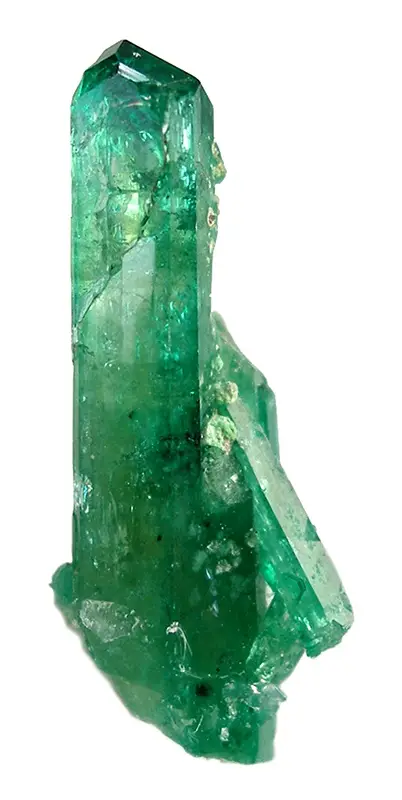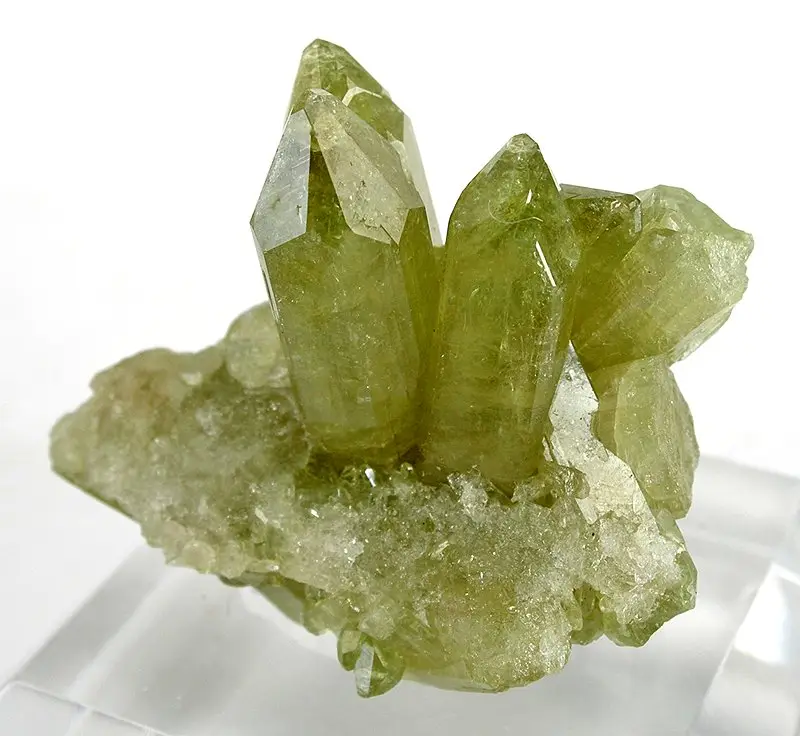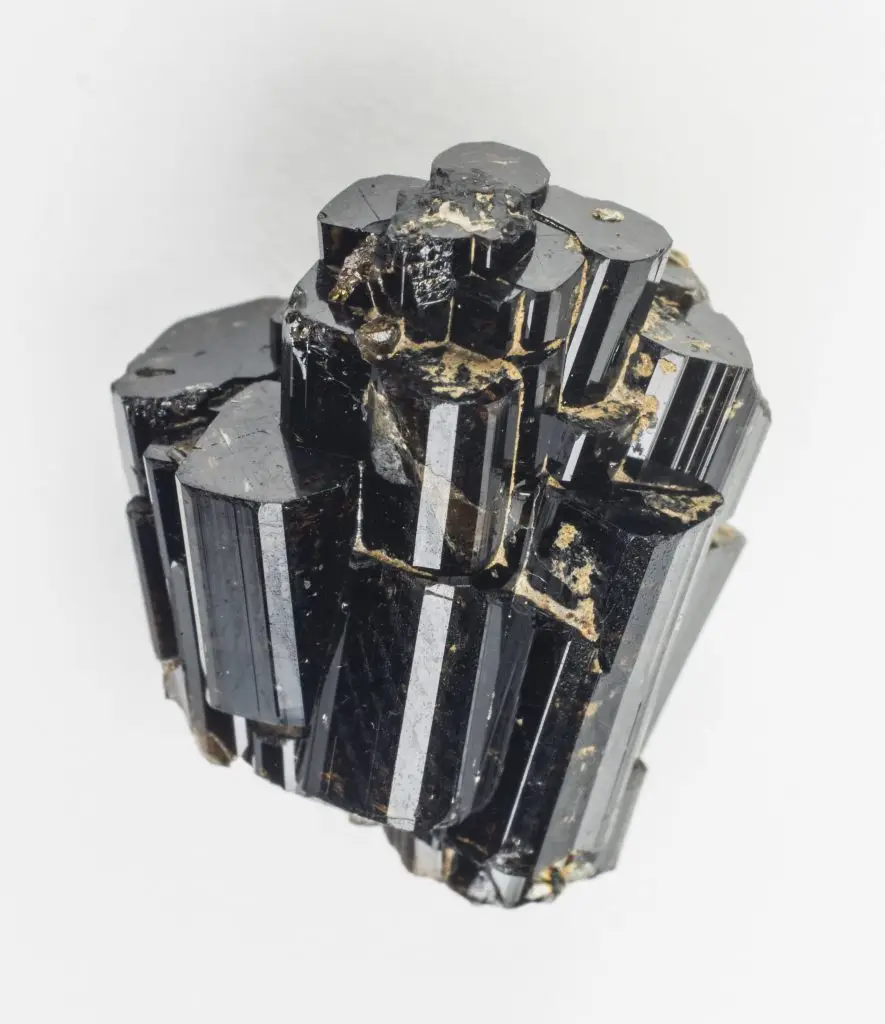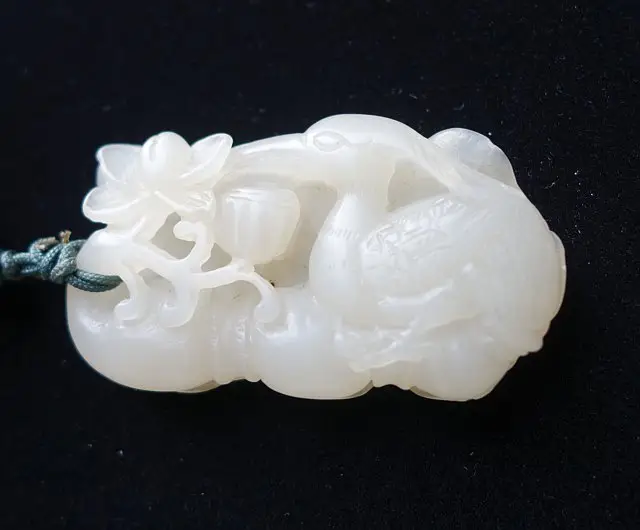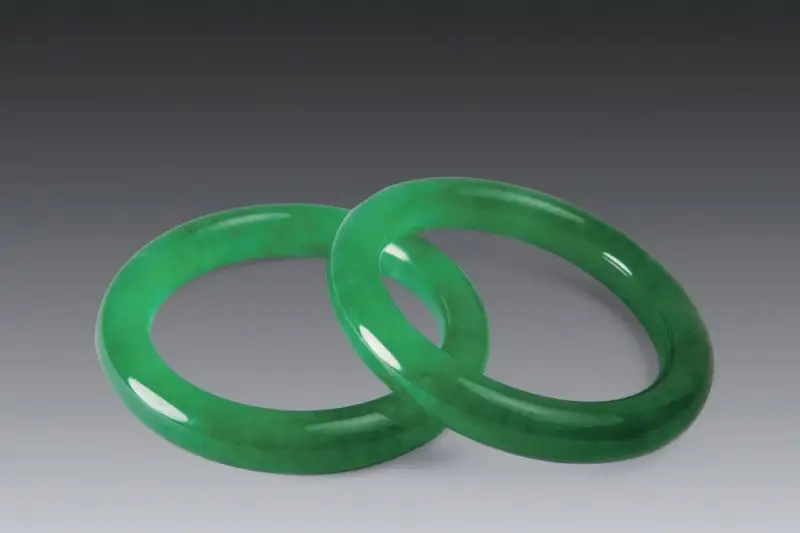Introduction
Idocrase is also known as Vesuvienite.
- Idocrase: The name originates from the Greek word meaning “similar combination” because Idocrase displays a wide range of crystal forms that resemble various other minerals like tourmaline, fluorite, zircon, and garnet.
- Vesuvianite: This name is derived from Mount Vesuvius in Italy, where the stone was first discovered, giving Idocrase its alternate name, Vesuvianite.
Idocrase is most commonly green but can also be found in brown, yellow, blue (copper-bearing), or purple (manganese-bearing) varieties. The most prevalent color in the market is dark olive green, which closely resembles peridot. Idocrase belongs to the tetragonal crystal system, typically forming short prismatic crystals. When the length of the crystal axes is equal, Idocrase can resemble other gemstones like fluorite or garnet, while the elongated prismatic crystals can appear similar to zircon or tourmaline.
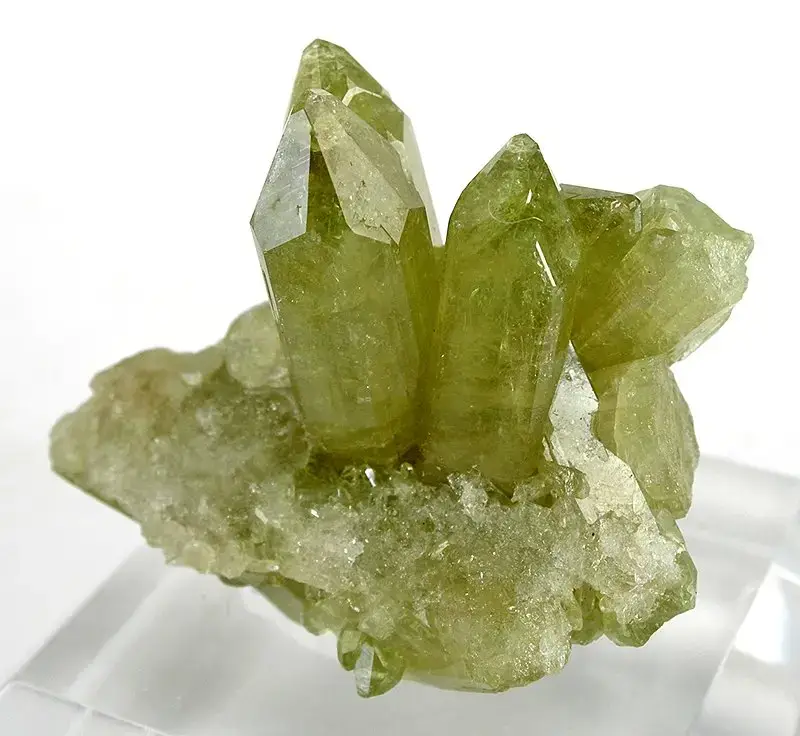
(Figure 1) 1
Idocrase
- Crystal system: Tetragonal System
- Hardness: 6~7
- Specific gravity: ±3.4
- Luster: Vitreous luster, resin luster
- Transparency: Transparent to translucent
- Color: Yellow-green-green, brown, yellow, blue, purple
- Index of refraction: 1.713~1.718
- Birefringence: 0.001~0.012
- Fluorescence: None.
- Cleavage: Imperfect cleavage.
- Characteristics: Low birefringence, medium to high refractive index
- Imitation: Glass, Soviet diamond, peridot
Classification of Idocrase
Californite 2
The translucent green Idocrase found in California is often marketed as “Californite” due to its resemblance in appearance, color, and density to jadeite.
Cyprine 3
Blue-colored Idocrase, which contains copper, is known as “Cyprine”. Among these, those with a vibrant ocean-like blue color are considered of the highest quality. Cyprine is often sourced from the Telemark region of Norway.
Commercial Value of Idocrase
Ornamental
Idocrase typically has low clarity, and eye-clean specimens are considered of good quality. The finest green varieties exhibit vibrant and rich hues, with true green being rare, and yellowish-green being more common. Purple-red or blue Idocrase is especially rare and highly collectible. Gem-quality Idocrase is scarce and often found in smaller carat sizes.
Idocrase is quite durable and does not require special care, but it should be protected from prolonged exposure to sunlight (UV rays) to avoid fading. During storage, it is recommended that idocrase be placed in a cool place away from direct sunlight.
Follow Honway to learn more about the characteristics of gemstones~
Photo Credit:

